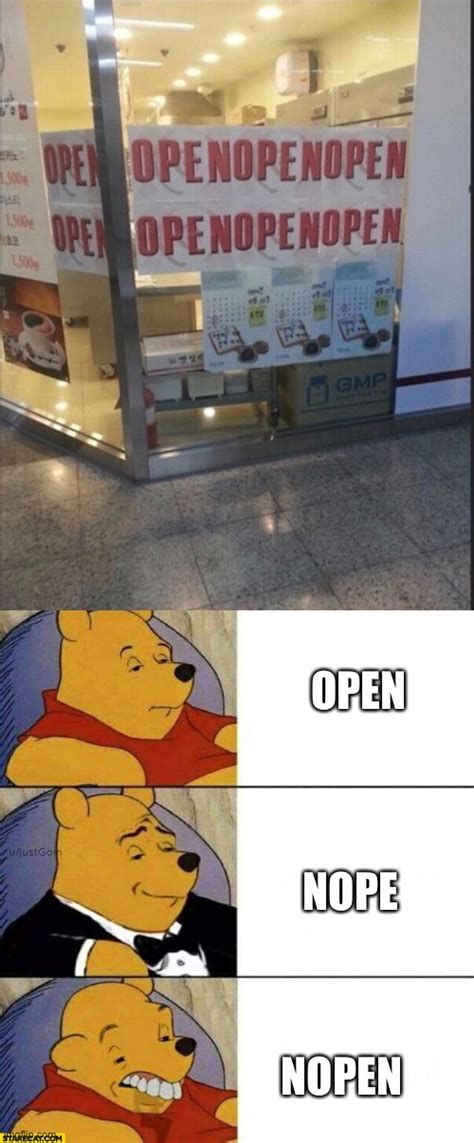Ethereum: Better or worse to mine multiple workers on one machine?
Ethereum: Is it better or worse to mine multiple workers on a single machine?
As a cryptocurrency enthusiast and miner, you are probably familiar with the process of running various mining rigs on your computer. In this article, we will discuss whether or not it is better to mine multiple workers on a single machine using different mining software.
What is CGMiner?
CGMiner is a popular mining software that allows users to install and run multiple instances of the mining algorithm on their computers. This setup is commonly used in cryptocurrency mining pools to increase the overall hashing power and earn more from each coin mined.
The Scenario: Running Multiple Instances of CGMiner on a Single Machine
Let’s say you have a computer with an Intel Core i5 processor, 8GB of RAM, and an NVIDIA GeForce GTX 1060 graphics card. You are using Ubuntu 12.10 as your operating system and you want to set up multiple instances of CGMiner to mine Bitcoin ( BTC ) in the 50 BTC pool.
Three Workers Set Up
You create three separate instances of CGMiner:
- Worker #1: CPU mining
- Worker #2: GPU mining (GeForce GTX 1060)
- Worker #3: CPU mining (again, for redundancy)
The question: which is better or worse?
In this setup, you are essentially mining Bitcoin using three different algorithms:
- CPU (on Worker #1): SHA-256 mining algorithm
- GPU (GeForce GTX 1060) (on Worker #2): SHA-256 and Scrypt (for Ethereum) mining algorithms
- CPU (again, on Worker #3): Mining the same SHA-256 algorithm
Benefits of running multiple workers
Running multiple workers has several advantages:
- Higher hash power: With three instances running together, you can significantly increase your overall hash rate and earn more from each coin mined.
- Improved profitability: By spreading costs across multiple machines, you can potentially reduce your utility bill and increase your profitability.
Disadvantages of running multiple workers

However, there are also a few disadvantages to consider:
- Increased complexity: Running multiple workers requires more setup, monitoring, and maintenance than a single setup.
- Potential overheating: With multiple GPUs or CPU cores running simultaneously, you may experience overheating issues, especially if your computer is not properly cooled.
- Limited profitability: If the pool payout per block remains constant, it is possible that running multiple workers will result in lower profit margins than running a single setup.
Conclusion
In conclusion, running multiple workers on one machine can be beneficial for increasing hash rate and earning more from each coin mined. However, it also comes with added complexity and potential drawbacks. Ultimately, the decision to run multiple workers depends on your specific mining setup, pool payout, and personal preference.
If you are already using CGMiner and have a reliable power and cooling system, running three instances may be a good option for you. However, if you are new to cryptocurrency mining or unsure of the costs involved, it is recommended to start with a single setup and gradually expand as needed.
Recommendation
To minimize potential drawbacks and maximize benefits, consider the following:
- Use multiple CPUs instead of GPUs to reduce the thermal load on your system.
- Monitor your electricity bills closely to ensure you do not exceed your allowed energy usage.
- Optimize your mining software settings to balance performance with resource usage.
- Consider using a pool that offers a higher payout per block or a more efficient hashing algorithm.
By following these guidelines, you’ll be well on your way to reaping the benefits of multi-worker mining while minimizing risk. Happy mining!
